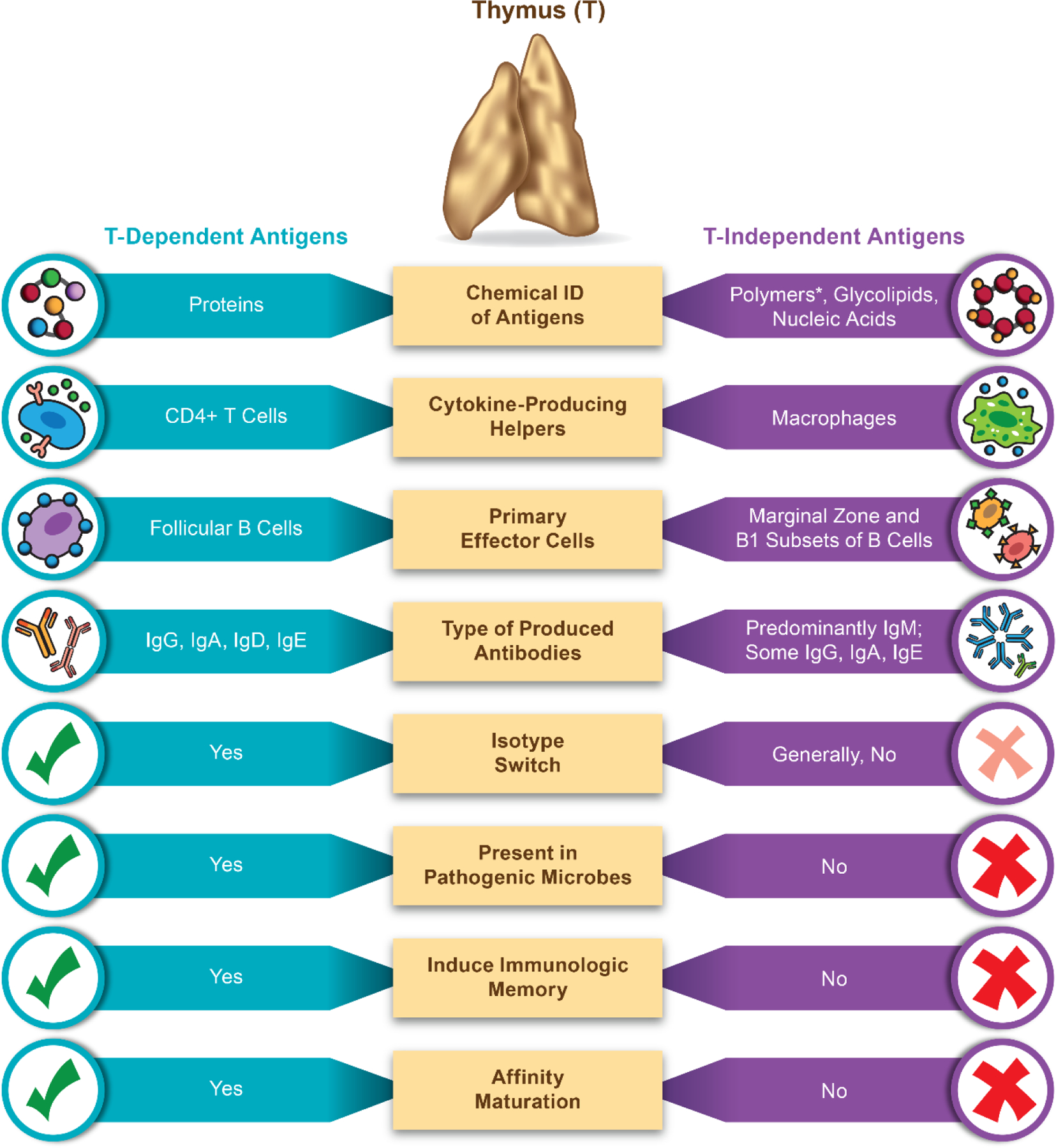Figure 2. Types of antigens and their main characteristics.

This infographics depicts the main properties and differences between the two types of antigens - thymus (T)-dependent and T-independent. Thymus is the organ of the immune system responsible for the maturation of T-cells. Antigens vary in their properties. Proteins are taken up and digested into short peptide by the antigen presenting cells (APCs) such as dendritic cells (DC); next these antigens are presented on major histocompatibility complex (MHC) to T-cells. Presentation via MHC class I results in the generation of the antigen-specific cytotoxic (CD8+) T-cells; that via MHC class II results in antigen-specific helper (CD4+) T -cells. These helper cells via cytokine secretion support antigen-specific clones of cytotoxic T-cells and follicular B-cells to expand, and B-cells to also differentiate into the antibody producing plasma cells. If the exposure to the antigen persists, T-dependent antibody response involves isotype switch and affinity maturation that leads to the formation of mature types of immunoglobulins IgG, IgA, IgD, IgE with high affinity and specificity to the antigen, as well as to the formation of memory cells. Some antigens, however, due to their chemical structures do not involve digestion and presentation in the context of the MHC to T-cells. Instead, these antigens directly activate B-cells via a cross-linking of the B-cell receptor. The result of this activation is the generation of immature antibody response in the form of IgM and lack of the immunological memory. Occasionally, in the presence of TLR agonists, isotype switch occurs and leads to the generation of some IgG, IgA and IgE. The subsets of B-cells and cells providing cytokine support to T-independent antigens are different. * - polymers include both naturally occurring non-proteinatious and synthetic polymers such as polysaccharides, polyethylene glycol, polivynilpirrolidone. Polymers linked to a protein carrier behave as hapten; in this case, the proteins are phagocytosed by B-cells, next activated B-cells produce cytokines that activate T-cells; both cell-types become activated and produce specific (antibody) response to the protein antigen and hapten (e.g., polymer coating of the protein).
